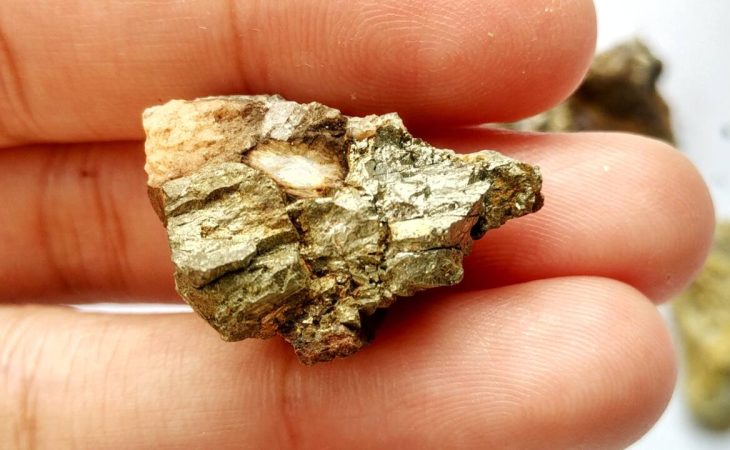The shiny mineral that is prolonged been slandered as fool’s gold might turn into a legitimate treasure in the race for eco-friendly vitality sources. The transformation is not the result of alchemy, however. It’s because of a astonishing discover just lately made by researchers in West Virginia.
Researchers performing in America’s mineral-prosperous Appalachian region say they’ve identified a relationship concerning pyrite — the “fake” gold you might’ve gotten chunks of as a memento when you have been a kid — and lithium, one of the most in-need metals on the clear electricity sector. Lithium is an crucial element of the batteries that electrical power electric motor vehicles, but also laptops, telephones and other electronics that use rechargeable batteries.
Additional: Scientists make ‘goldene,’ an extremely-slender variation of gold
A crew from West Virginia College was learning rock samples in the area when they discovered “plenty of lithium in pyrite minerals,” in accordance to a press launch from the European Geosciences Union, printed on April 15 by the American Affiliation for the Advancement of Science. The conclusions are “unheard of,” in accordance to geochemist Shailee Bhattacharya, a doctoral scholar who labored on the study.
The remarkable part of the conclusions, in accordance to the scientists, is the revelation that lithium could be identified with out the have to have for new mining operations. The samples taken in this study have been observed in shale from sedimentary rocks remaining about by current mining operate that is already been completed in the Appalachian basin, in tailings that resulted from former mining operations.
The statement notes that this research also “hints” at the shales as a probable foreseeable future supply of lithium in the U.S., which creates considerably fewer lithium than lithium-mining powerhouses Australia and Chile.
Nevertheless, Bhattacharya and geologist Shikha Sharma, a WVU professor who also worked on the research, say not to get also excited about the conclusions, because their analysis was restricted to 1 specific site. If added exploration shows the connection between pyrite and lithium to be more common, it could guide to a sustainable growth in the availability of lithium.





